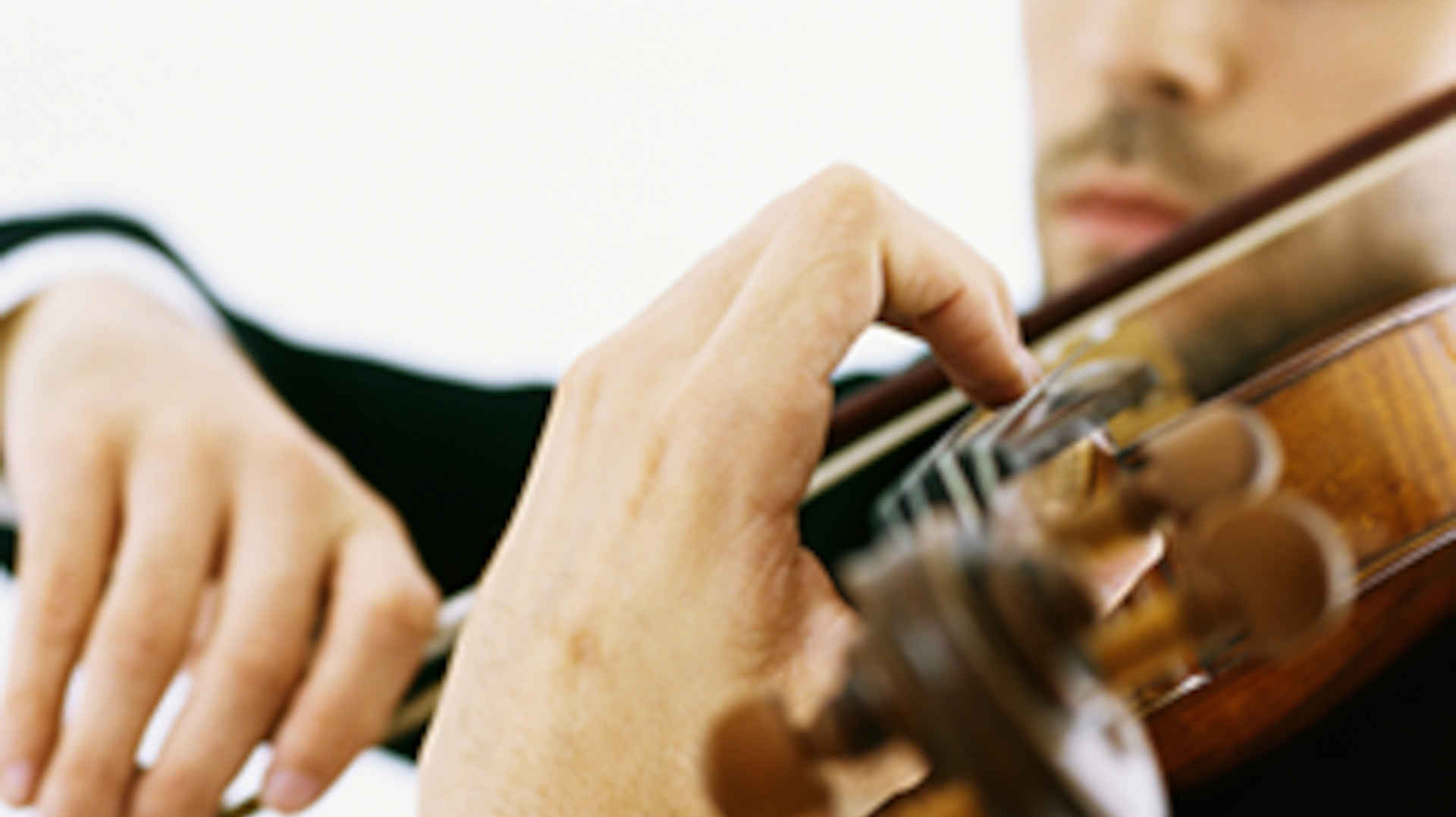
Hearing aids and music - a tricky combination
Music has always been a tricky subject for us in the hearing aid industry. Why are Widex hearing aids made for musicians?
Created Updated
Researchers at the University of Colorado Boulder recently released a study stating that less sophisticated hearing aids may be better for listening to music. The study was particularly interesting to me, since I work to design and test hearing aids for Widex, a worldwide producer of what we would think of as “sophisticated” hearing aids.
Music has always been a tricky subject for us in the hearing aid industry. Most hearing aid users have speech understanding as their top priority, so that has of course been a strong focus of the industry. Speech enhancers, directional microphones, and feedback cancellation come standard in top-of-the-line hearing aids and help the hearing aid user to hear speech in even noisy environments.
But while all these features are working to help with speech, they can sometimes have a negative effect on music. As Naomi Croghan, a top researcher at the University of Colorado states, “Hearing aids have gotten very advanced at processing sounds to make speech more understandable, but music is a different animal and hasn’t always been part of the hearing aid design process.”
With feedback from musicians in mind, we at Widex set out to develop a hearing aid that could both handle speech in noisy environments and give users a true-to-life musical listening experience. It happened in 2013 when we launched Widex DREAM.
DREAM – The hearing aid for musicians
Why are Widex hearing aids made for musicians? The first advantage comes with a high maximum input level. No matter how well the hearing aid is managing sound to make it audible to the user, a sound that gets distorted on the way into the hearing aid will not sound well. The maximum input level defines how loud sounds can be before the hearing aid starts distorting them.
Most standard hearing aids start distorting the input from around 100 dB SPL with the few exceptions continuing to around 106 dB SPL. Widex DREAM brings that level up to 113 dB SPL. Combining this with a music program that allows as little interaction as possible from the more advanced features in the hearing aid, this higher maximum input level allows musicians to enjoy music even in one of these sophisticated hearing aids.
Praise from the experts
Mead Killion is one of the world’s greatest experts on hearing aids and music. He’s the founder of Etymonic Research, which according to its website works to “design products that accurately assess hearing, improve the lives of those with hearing loss, protect hearing, and enhance the listening experience of musicians and music lovers everywhere.”
In a letter to The Hearing Review, Killion praised Widex DREAM as being the only top-of-the-line hearing aid to pass all tests for high-fidelity music reproduction. “I am pleased that hearing-impaired consumers again have a chance to experience music as it was intended,” he wrote.
Musicians themselves have also come out to praise the performance of Widex DREAM. Bass player Tony Laviola noticed a big difference when he switched to DREAM. “With other hearing aids, whenever I heard music anywhere I’d jump to find the remote so I could quickly switch to the music program which had no anti-feedback,” he says. “Even though there’s room for a bit of improvement in the physical sound, these DREAMs produce the most natural sounds I’ve heard in hearing aids. They can cope with normal stage volume without distortion! That’s why I’m keeping these.”
Improving on the improved
I’m not saying that I disagree with the findings of researchers at the University of Colorado Boulder. They are correct in stating that “less sophisticated hearing aids” could distort sound less, and many of the points they make are things that all of us in the hearing aid industry are working on improving. I just think that some of the sophisticated hearing aids actually have settings designed and working for music listening and that, in reality, people who wear hearing aids still need the whole package: Speech. Music. Sound.
We at Widex designed DREAM with musicians in mind. But we also realized the importance of speech and understanding. It offers the whole picture. As Tony Laviola says: “Music itself is obviously all about hearing and communicating and as such I need to hear every possible nuance articulated by my bandmates so I can respond. Simply being able to hear which song has been called, in which key, and the “count in” on stage is very important as well. WIDEX DREAM hearing aids help keep me on top of that. Generally I play much better now that I can hear better.”
